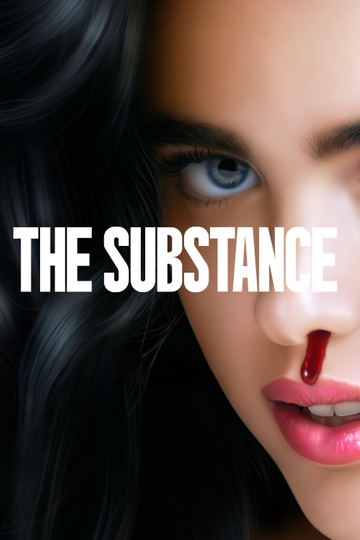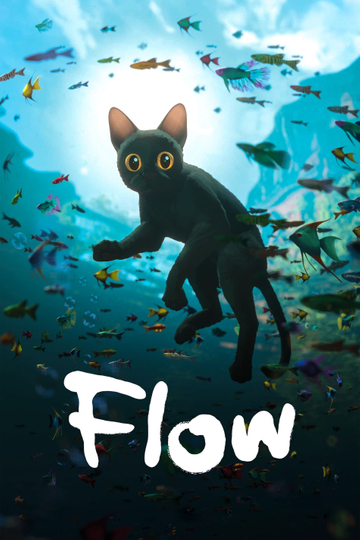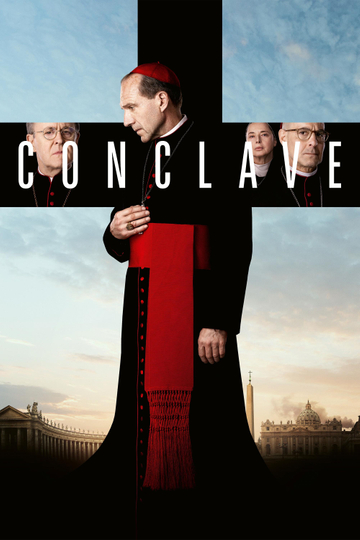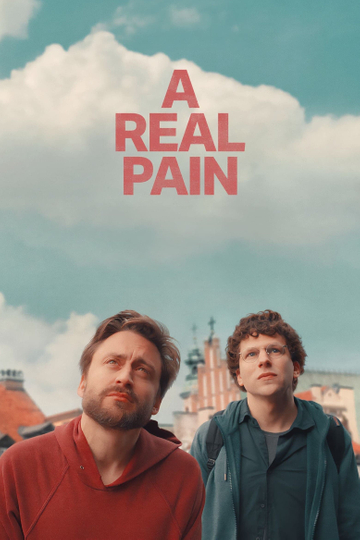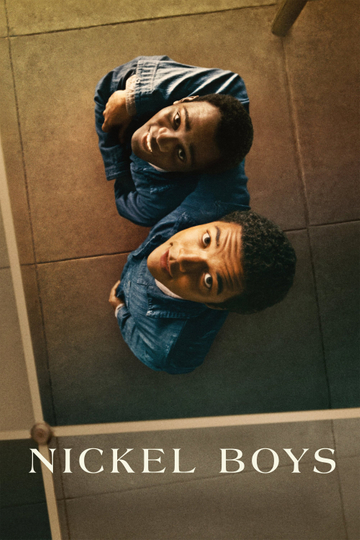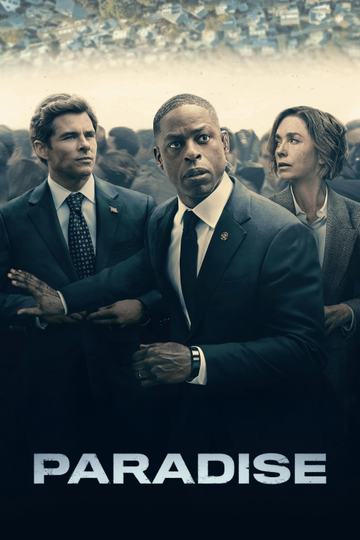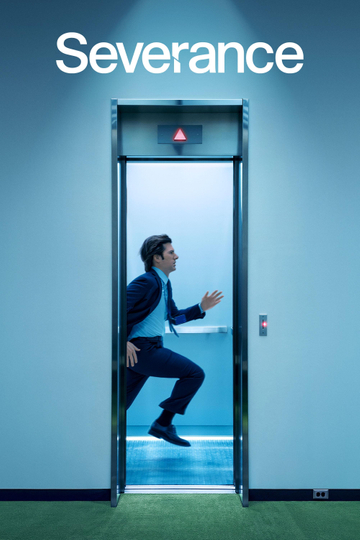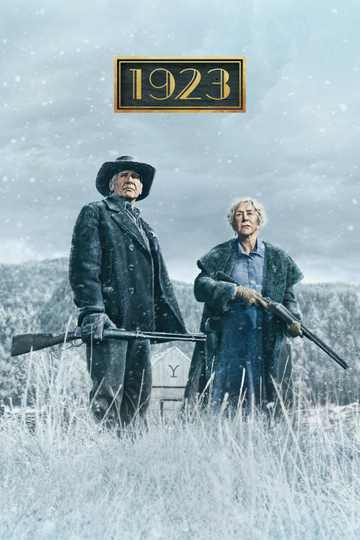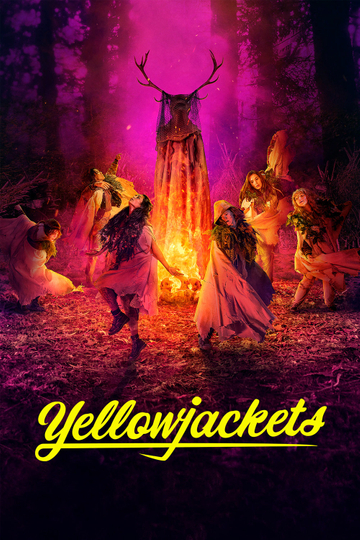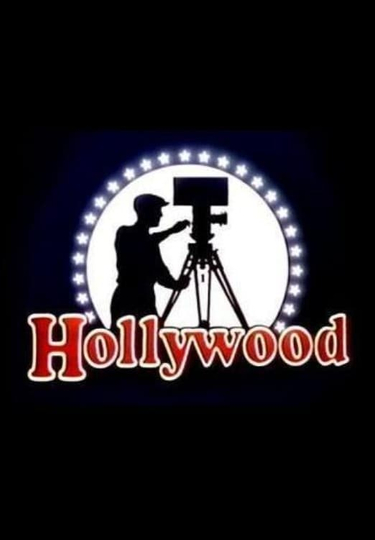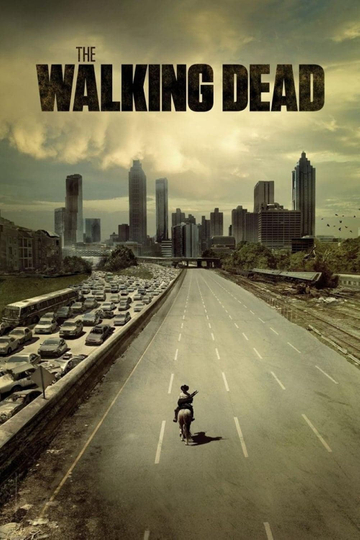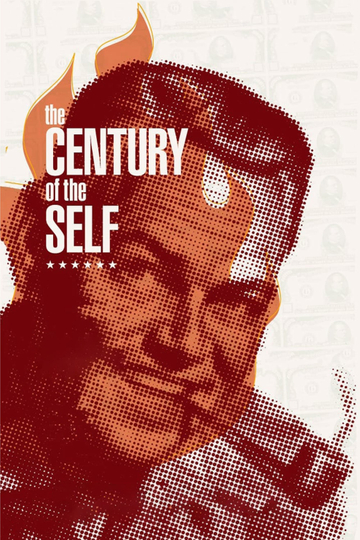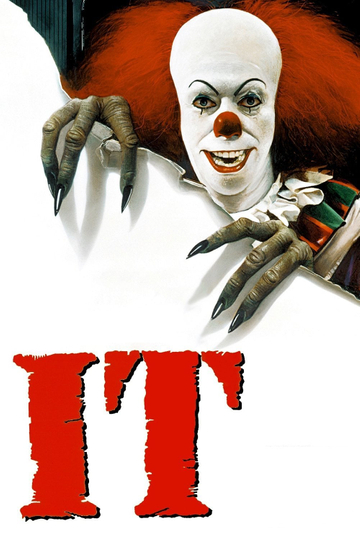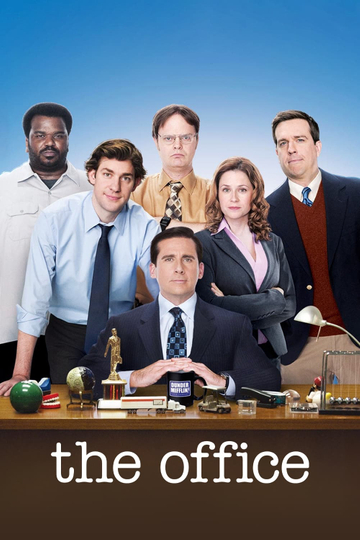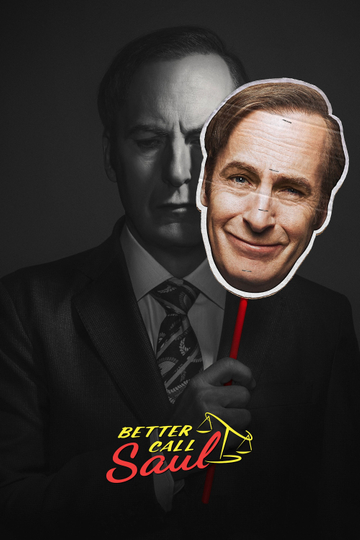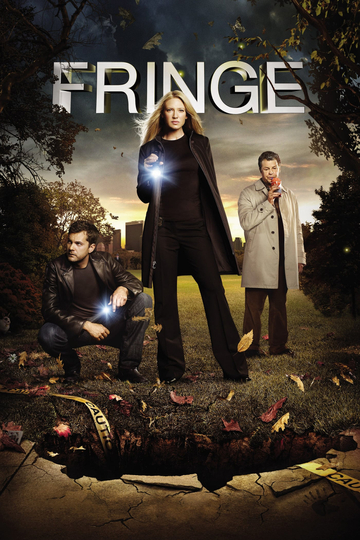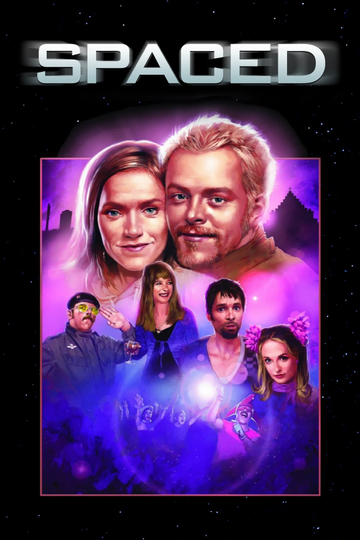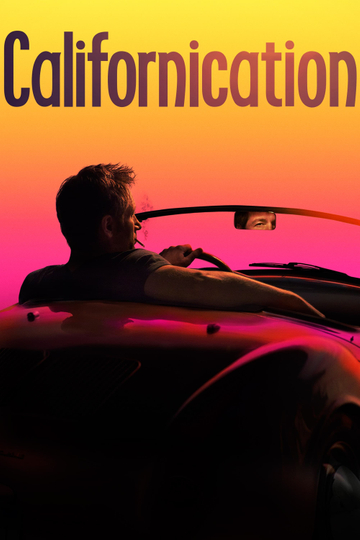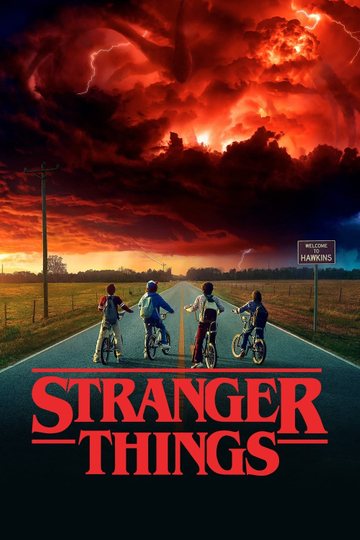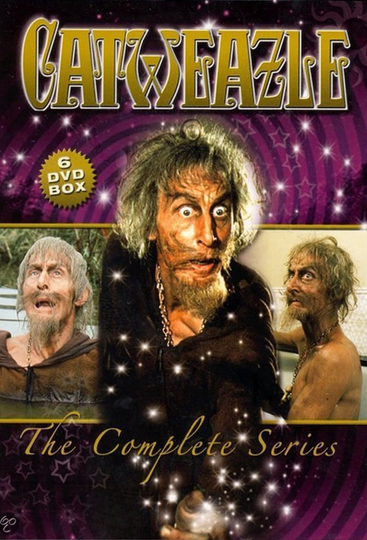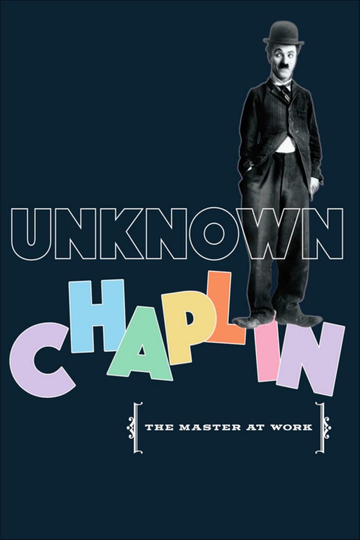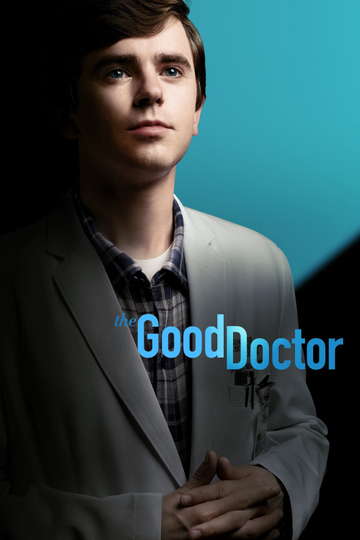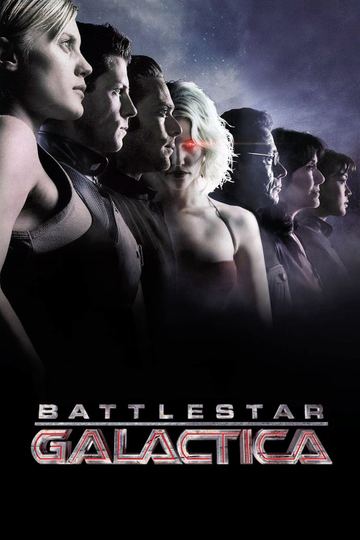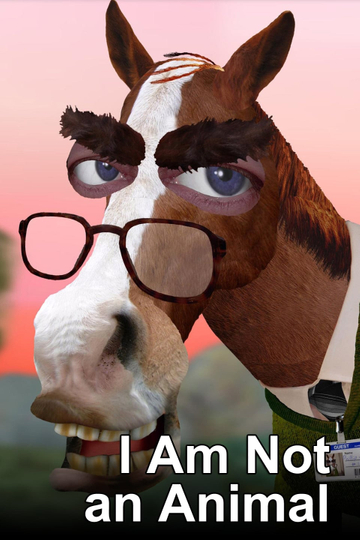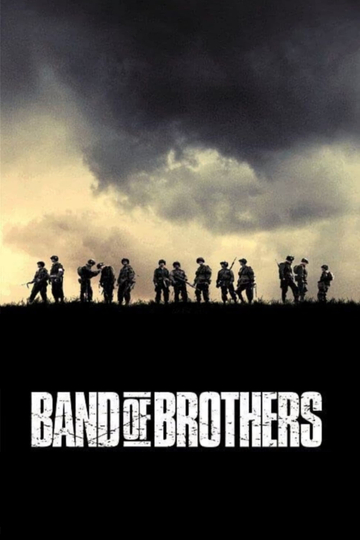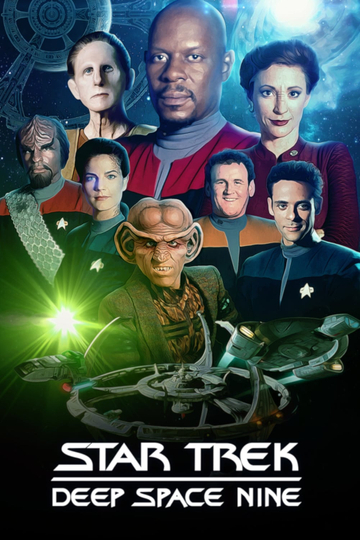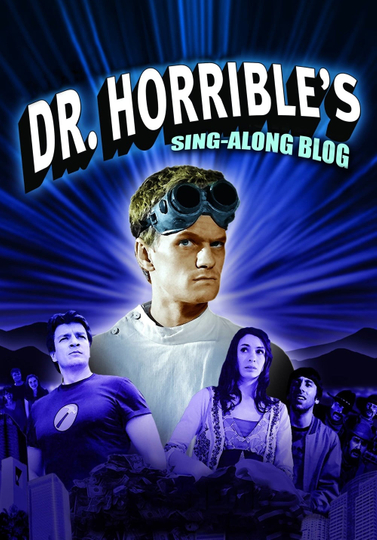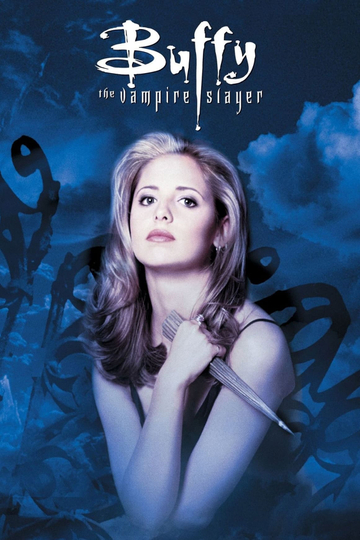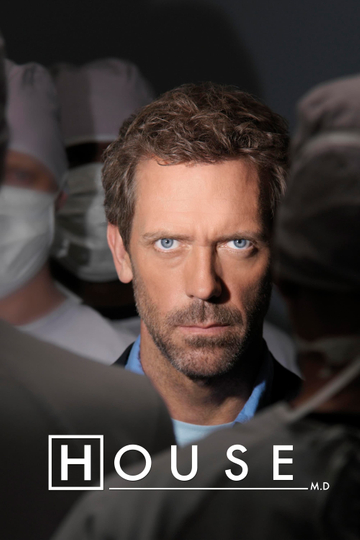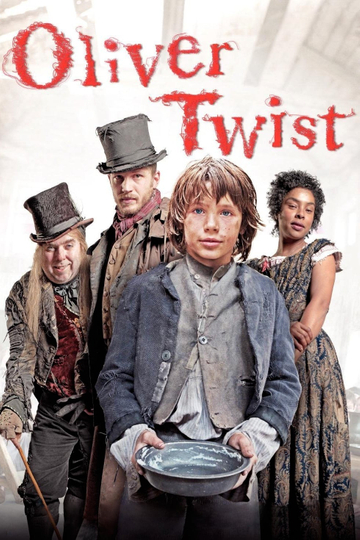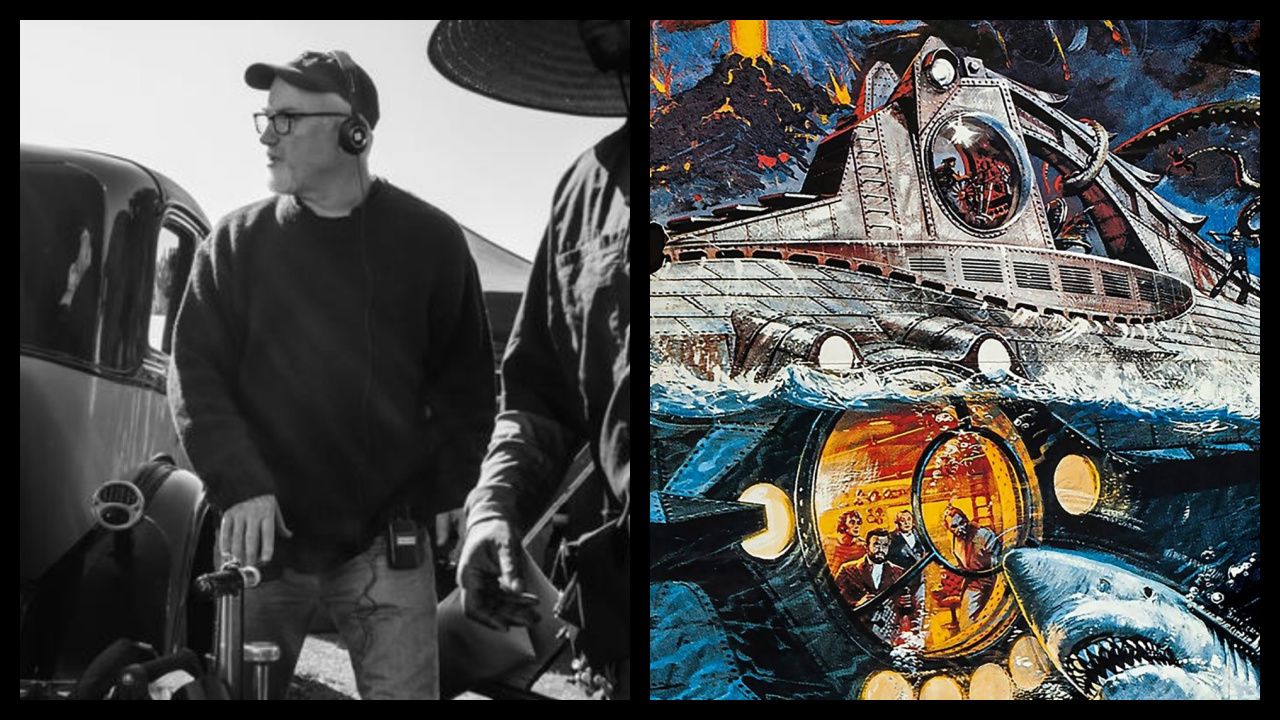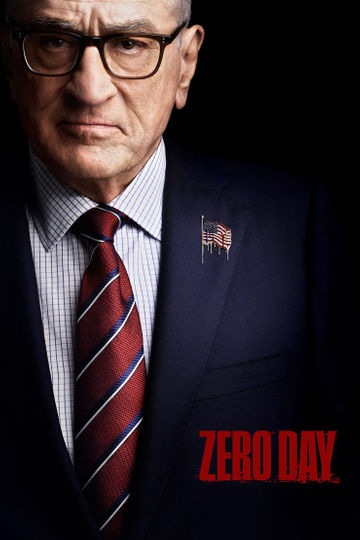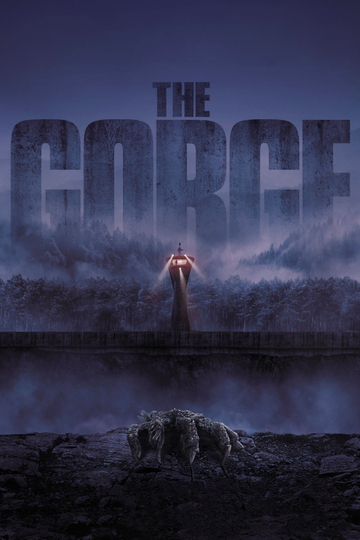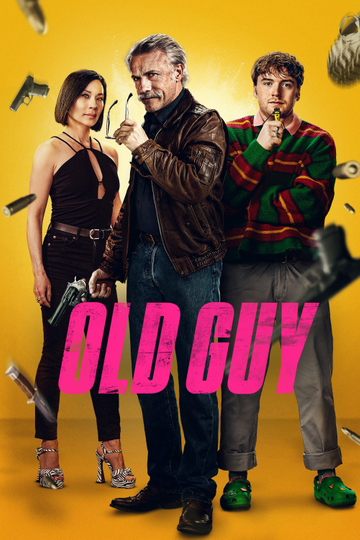Season 1 Plot
Season 1 of Hollywood.
Hollywood Season 1 aired on January 8th, 1980.
Season 1 Episodes
1. Pioneers
The evolution of film from penny arcade curiosity to art form, from what was considered the first plot driven film, The Great Train Robbery, through to The Birth of a Nation, films showing the power of the medium. Early Technicolor footage, along with other color technologies, are also featured.
2. In the Beginning
Hollywood is transformed from a peaceful village with dusty streets and lemon groves to the birthplace of the industry in California. Silent film transcends international boundaries to become a worldwide phenomenon.
3. Single Beds and Double Standards
Fast success in Hollywood brings a cavalier party lifestyle, which led to shocking scandals such as Roscoe 'Fatty' Arbuckle's trial and subsequent acquittal for manslaughter. To tone down the image of Hollywood and curtail films with footage unsuitable to all audiences, Will H. Hays is appointed and introduces Hollywood's self regulated Production Code, which would be enforced well into the 1960s, while filmmakers still found creative ways to present 'adult' situations.
4. Hollywood Goes to War
The outbreak of World War I provides Hollywood with a successful source for plots and profits. Peacetime curtails the release of war movies, until the release of King Vidor's The Big Parade in 1925. Wings (1927) earns the first Academy Award for Best Picture. As movies transition to sound, Universal releases Lewis Milestone's All Quiet on the Western Front, showing the German side of the conflict, becoming a powerful statement of war by the generation that fought it. Interviews include Douglas Fairbanks, Jr., King Vidor, Blanche Sweet and Lillian Gish.
5. Hazard of the Game
Silent films are often remembered for slapstick gags and dangerous stunts. Stuntmen took anonymous credit for very little pay and could not reveal their involvement. Stuntmen Yakima Canutt, Harvey Parry, Bob Rose and Paul Malvern tell hair-raising and humorous stories, and reveal the secrets behind many famous stunts.
6. Swanson and Valentino
Two of the great romantic legends of the silent screen are profiled. Rudolph Valentino's on-screen persona is remarkably different from his real personal life, as recounted by his brother, Albert, and Gloria Swanson recalls her meteoric rise – and fall – with remarkable candor.
7. The Autocrats
Two of Hollywood's greatest directors, Cecil B. DeMille and Erich von Stroheim. One worked with the Hollywood system, the other against it. DeMille's pictures, lavish in detail and cost, made his studio a fortune, while Von Stroheim's similar ways, albeit to excess in footage and expense, resulted in films that were often either excessively cut by the studios or never released, leading to his being fired on several occasions.
8. Comedy: A Serious Business
Hollywood learned very early how to make people laugh. Comedy was king, and battling for the throne were stars like Harold Lloyd, Buster Keaton, Harry Langdon and Charlie Chaplin. In a purely visual medium, their comedy was a work of genius.
9. Out West
'The Old West' was still in existence in the silent days. Old cowboys and outlaws re-lived their youth, and got paid for doing it, by working in films. The 'western craze' really begins with stars like William "Buffalo Bill" Cody and Tom Mix.
10. The Man with the Megaphone
Silent film directors were flamboyant pioneers, making up their technique as they went along. Filming 'indoor' sets on open outdoor lots and combating the elements, communicating with actors in spite of overwhelming distraction and deafening noise, directors (male and female) fashion great films out of chaos and confusion.
11. Trick of the Light
Skilled cameramen had the ability to turn an actress into a screen goddess, and were valuable assets to studios and stars. With the aid of art directors, they achieved some of the most amazing and dangerous sequences captured on film, pioneering photography effects used through the remainder of the 20th century.
12. Star Treatment
Producers discovered the effect of 'star power' on their box office bottom line. Creating Hollywood stars becomes its own industry, resulting in the Hollywood Star System, from which came Clara Bow, Lillian Gish, and John Gilbert, successor to Rudolph Valentino as "The Great Lover". But as easily as they made them, studios could break them.
13. End of an Era
Silent films had universal appeal, simply by replacing intertitles and dialogue cards for the foreign markets. Sound film was experimented with in many forms since the 1890s, but did not become commercially successful until The Jazz Singer in 1927. Hollywood movie making was transformed and ultimately shattered, taking the careers of many silent film stars, directors and producers with it, victims of the emerging technology.
